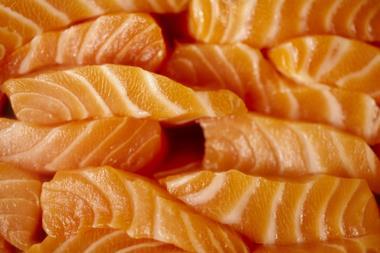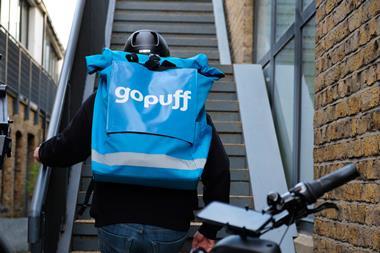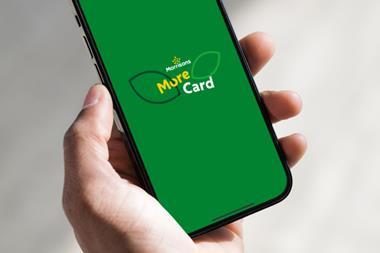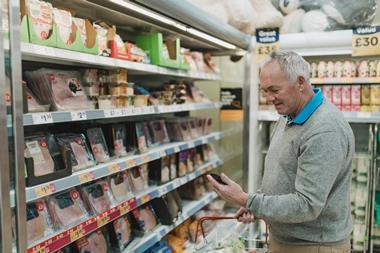The shelf life of fresh fish could soon be extended by up to a day thanks to new broadcasting technology that allows fishermen to sell their catch to retailers and suppliers while still out at sea.
Industry body Seafish has developed a new vessel monitoring system (VMS) in partnership with tracking device company Succorfish over the past 18 months and is now planning to run a three to six-month pilot with retailers and foodservice companies in September or October.
The system they have developed is more compact and cheaper than existing technology making it suitable for smaller boats. It also provides information about boats back to the shore more accurately and frequently.
All vessels over 15m are currently fitted with a VMS device, which broadcasts their position at sea every two hours using satellite technology.
However, the boats' fishing activities are recorded in a paper logbook, with fishermen having to return to shore and go through an auction process before being able to sell their catch.
The new Seafish/Succorfish system instead uses mobile phone technology, which is much cheaper than satellite and offers email integration and electronic logbooks. The system will also communicate back to the shore every two minutes instead of the current two-hour interval.
"When the fisherman deploys his gear, he can record his catches while still at sea and email it to his sales agent or buyer," said Jon Harman, business development director at Seafish. With fish being sold more quickly, their shelf life could be extended by half a day to one day, Harman added.
"It's about making the supply chain more efficient," he said. "Some boats have eight to 12 hours' steaming time, and then they have to auction their catch, so there's lots of time lost at the moment. The quicker you can sell through the system, the more shelf life you get."
Current VMS systems typically cost £3,000 to £5,000, but the Seafish/Succorfish technology would cost about £1,000 per boat, Harman said.
Its other applications include more accurate data collection for scientific purposes and more sophisticated man-over-boat warning systems.
Tracking software could also be used for geo-fencing environmentally sensitive fishing areas, with boats' positions and fishing monitored closely.
Succorfish is currently testing 40 units of the new technology around the UK.
Industry body Seafish has developed a new vessel monitoring system (VMS) in partnership with tracking device company Succorfish over the past 18 months and is now planning to run a three to six-month pilot with retailers and foodservice companies in September or October.
The system they have developed is more compact and cheaper than existing technology making it suitable for smaller boats. It also provides information about boats back to the shore more accurately and frequently.
All vessels over 15m are currently fitted with a VMS device, which broadcasts their position at sea every two hours using satellite technology.
However, the boats' fishing activities are recorded in a paper logbook, with fishermen having to return to shore and go through an auction process before being able to sell their catch.
The new Seafish/Succorfish system instead uses mobile phone technology, which is much cheaper than satellite and offers email integration and electronic logbooks. The system will also communicate back to the shore every two minutes instead of the current two-hour interval.
"When the fisherman deploys his gear, he can record his catches while still at sea and email it to his sales agent or buyer," said Jon Harman, business development director at Seafish. With fish being sold more quickly, their shelf life could be extended by half a day to one day, Harman added.
"It's about making the supply chain more efficient," he said. "Some boats have eight to 12 hours' steaming time, and then they have to auction their catch, so there's lots of time lost at the moment. The quicker you can sell through the system, the more shelf life you get."
Current VMS systems typically cost £3,000 to £5,000, but the Seafish/Succorfish technology would cost about £1,000 per boat, Harman said.
Its other applications include more accurate data collection for scientific purposes and more sophisticated man-over-boat warning systems.
Tracking software could also be used for geo-fencing environmentally sensitive fishing areas, with boats' positions and fishing monitored closely.
Succorfish is currently testing 40 units of the new technology around the UK.









No comments yet